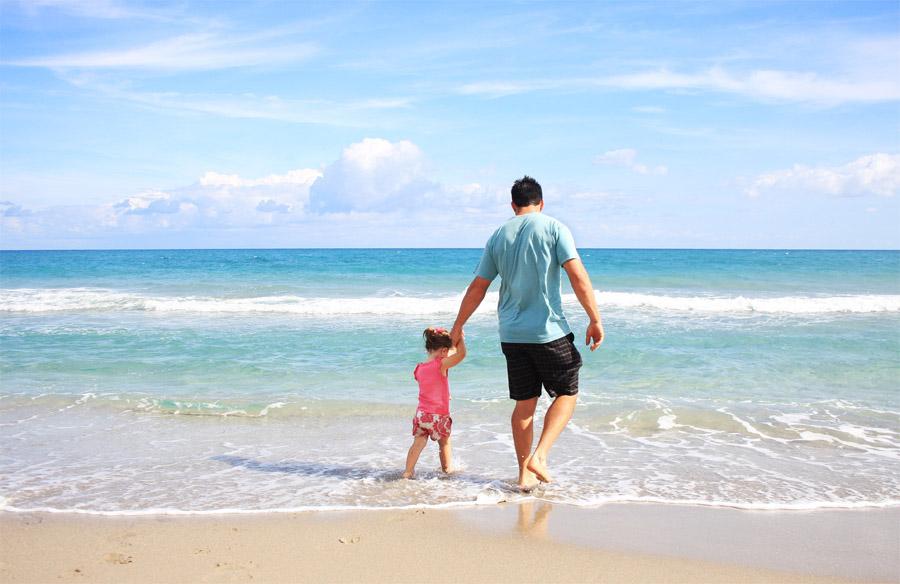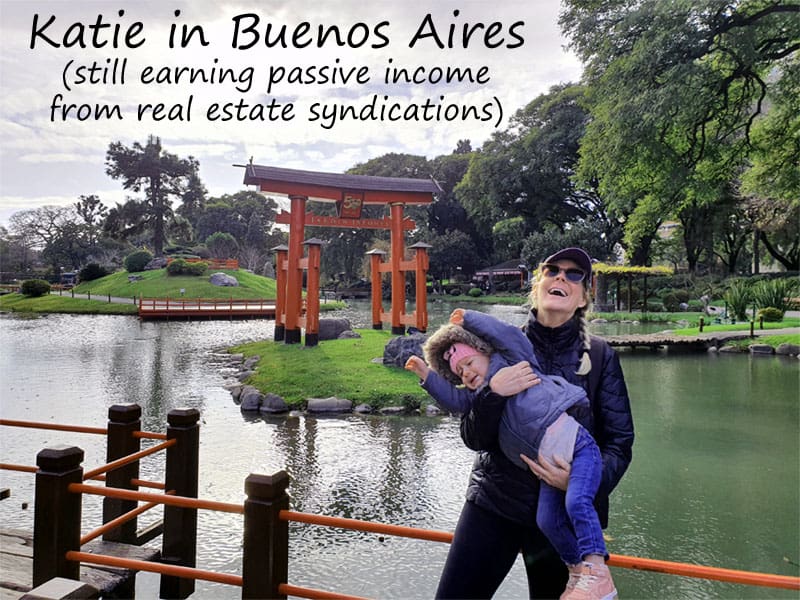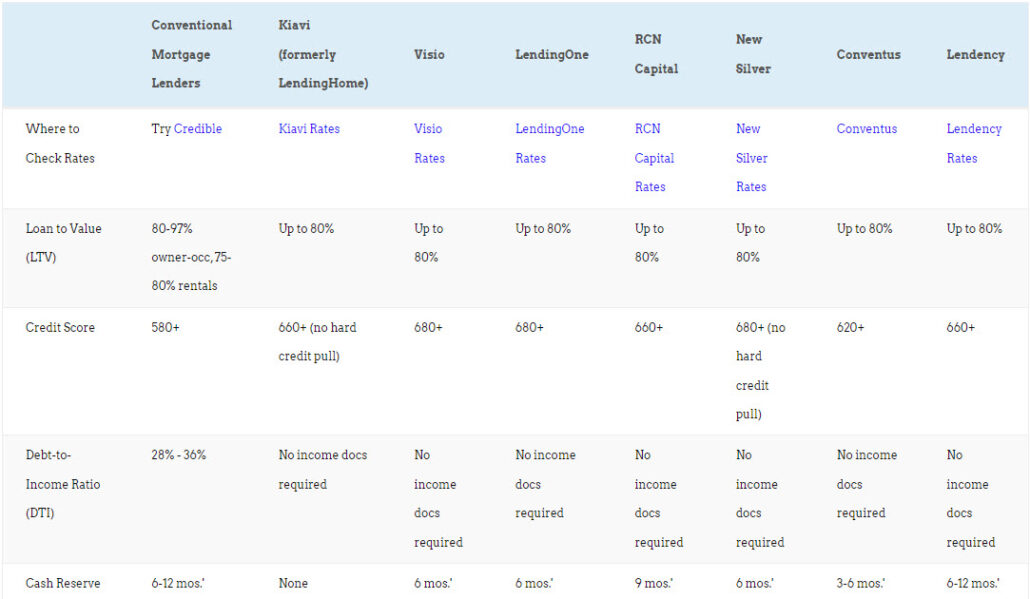
Who says you have to work into your 60s?
While people have been retiring early since there was work to shirk, the “FIRE movement” went mainstream in the early 2010s, popularized by Mr. Money Mustache and a few other bloggers. But does financial independence necessarily mean retiring early? How do you achieve financial freedom? And what hidden pros and cons of FIRE are you probably overlooking?
Here’s your 30,000-foot view of financial independence and early retirement, plus a formula to achieve it.
Financial Independence, Early Retirement
FIRE is an acronym for financial independence/retire early, or alternately financial independence/early retirement.
But those actually represent two distinct concepts. Early retirement refers to quitting your career job, never to return to the workforce. Or at least not to a high-stress, high-income career.
Increasingly, some retirees blur the line and continue working a fun job either full- or part-time. Even within the FIRE movement, some proponents prefer the acronym to read “financial independence/recreational employment.”
But we’re getting ahead of ourselves.
Financial Freedom Defined
Financial independence, sometimes called financial freedom, means being able to cover your living expenses with passive income from investments. In other words, your day job becomes optional, and you no longer need to trade time for money.
For example, say you live on $4,000 per month. You buy a rental property that generates you $500/month in rental cash flow. You like seeing that extra $500/month come in, so you buy another property, and then another. When you have $4,000 of rental cash flow coming in each month, you can live on the rents alone. You could quit your job in a blaze of glory if you liked.
Note that the term “financial independence” has two different meanings, depending on the context. Aside from the financial freedom definition, it sometimes also means the ability to pay your own bills as an independent adult. Thus, a stoner 24-year-old who spends his days playing video games in his parents’ basement and barely working is not financially independent in either sense.
The Formula for FIRE
You get the gist: with enough passive income, you can pay your bills and stop working if you want.
But what should you invest in to reach financial independence and retire early? How much of a nest egg do you need?
Honestly, these are the easy parts of financial independence and early retirement. Easy enough that I can explain them in a few paragraphs.
The hard part is maintaining low living expenses and a high savings rate, month in and month out.
FIRE Investing: Passive income
As outlined above, you can invest in rental properties to generate passive income. And in doing so, you can bend — if not break entirely — the 4% Rule (more on that momentarily).
But as much as we love rental income around here at SparkRental, it’s far from the only type of passive income. You can earn passive streams of income from stock dividends, bonds, real estate crowdfunding investments, and countless other sources.
Rather than trying to pile all your money into one asset class, and earning all your passive income in one way, aim to create many passive streams of income. For example, I earn money from rents, but also from stock dividends, real estate crowdfunding investments, private notes I’ve lent, and from businesses I own. No one source of my income would blow your mind, but they add up.
If you’re new to investing, I recommend starting with stock investing through a robo-advisor like Acorns or SoFi Invest. It requires no skill on your part, you can automate it, and you can start building an investment portfolio with $10.
When you’re ready for the next step of diversification, add a real estate crowdfunding platform like Fundrise or Groundfloor. It’s equally easy and passive, no expertise or work required.
Only consider buying your first rental property when you’re ready to pick up a new set of skills, and to devote lots of hours to it outside of your day job.
How Much Do I Need to Reach FIRE?
As outlined above, financial independence requires covering your living expenses with passive income. It doesn’t require an exact net worth.
Still, traditional financial planners tell you to save up 25 times your annual spending (not your annual income!). That’s because financial planners consider 4% a safe withdrawal rate: if you pull 4% out of your retirement portfolio in the year you retire, then adjust that upward each year for inflation, your net egg should last you at least 30 years. Financial advisors refer to this as the 4% Rule.
But if you retire at 40, you need your nest egg to last you 40-60 years, not 30. In that case, a 3.5% withdrawal rate should let your nest egg keep growing forever (see this explanation from CFP Michael Kitces for the math). Rather than multiplying your annual expenses by 25, multiply it by 28.6 to reach your target nest egg for early retirement.
Note that withdrawal rates only apply to your stocks and bonds, not your real estate investments. Your real estate generates ongoing income, with no need to sell off assets.
Actually, You Need Less Than That
Most people who reach financial independence don’t actually stop working. Oh, they may quit their high-octane career job. But there are only so many days in a row you can sip margaritas on a beach before you get bored and fat.
Rather, most people simply switch to a new career that fulfills them. It may not pay well, but that doesn’t matter when you reach financial freedom. Some people start blogs or online businesses, such as travel blogs documenting their adventures. Others work for nonprofits, changing the world for the better. Some focus on writing novels, or painting, or other artistic endeavors.
But because you won’t actually stop working, you probably won’t stop earning money. You’ll just earn less than you do today — which means you don’t need to cover all of your living expenses with passive income. You just need enough to bridge the gap between what you spend and how much your dream job pays.
For example, imagine you spend $70,000 per year while working a soul-sucking job. You dream of becoming a travel writer, but that only pays $55,000. You don’t need $70,000 in passive income to quit your 9-5 job — you just need $15,000 per year, to supplement the income from your dream job.
You may not technically be financially independent, but who cares? You still get to live the same post-FIRE lifestyle without having to meet the full definition of financial freedom.
This is why FIREbugs like me think of the “RE” standing for recreational employment, not retiring early. It’s a mindset shift, albeit one that most people aren’t ready for when they first discover the FIRE movement.
Building Passive Income Fast
To reach financial independence and early retirement fast, cut your living expenses as low as you can. Not only does that boost your savings rate, allowing you to funnel more money into investments, it also lowers your target passive income and nest egg. Remember, for every dollar you spend in retirement, you need $25 invested (or $28.60 if you plan to retire young)!
For maximum savings in a single move, try house hacking to score free housing.
Automate your savings with a robo-advisor, or by setting up automatic recurring transfers.
When you’re ready to expand into rental properties, read up on down payment hacks to buy a rental property with no money down. But beware of using too much leverage in real estate investing, it can leave you with negative cash flow.
You’ll be surprised how quickly your investments take on a life of their own and start generating passive income. Avoid lifestyle creep as your income rises, and keep funneling your returns and passive income back into new investments.
Honestly that’s where the challenge of financial independence and early retirement lies: not in the math or investment strategies, but in the discipline of keeping your living expenses low and your savings rate high.
Hidden Benefits of Financial Freedom Defined
The FIRE lifestyle of low living expenses and high savings comes with some surprising perks.
To begin with, recessions are less scary. As you earn more passive income, you rely less on your 9-5 job to cover your bills. If your job disappears to a recession, you can cover many of your bills with rental income, dividends, and other passive income sources.
That same lower dependence on your day job puts you in a better position to negotiate a higher salary or benefits. You can push hard because you’re less daunted by the idea of aggravating your boss. Your world wouldn’t end if you lost your job.
Those negotiated benefits could include working remotely, allowing you to move somewhere with lower cost of living. I live in Brazil for example, allowing me to live a luxurious lifestyle on relatively few US dollars each month.
You may not need life insurance or long-term disability insurance. Low living expenses and a high savings rate means your family could probably survive on one income, if one partner shuffled off this mortal coil.
While many young adults complain that student loans prevent them from investing, living a frugal lifestyle while paying them off makes it easy to keep that “extreme savings” going. You can just start funneling that money into passive income streams and retirement savings rather than student debt.
Read up on other hidden benefits of the FIRE lifestyle here.
FIRE Movement Criticisms
Haters gonna hate — and the FIRE movement has plenty of haters.
Some say it involves too much sacrifice, that people pursuing FIRE save for the future at the expense of the present. As someone who saves 65% of his household income and spends months out of the year vacationing abroad, I can tell you firsthand that’s a bogus criticism.
The woke crowd might retort:
“Yeah but you’re a 40-year-old white male who owns an online business, you probably earn a boatload of money.”
I can assure you I do not. It took years for SparkRental to turn a profit, and even today we reinvest most of our profits back into the business. You know, doing evil things like hiring people and creating jobs.
To this day, my family lives almost entirely on my wife’s modest teacher salary.
Some whine that only married couples can achieve financial independence and early retirement. Others claim only single people can do it, citing marital disputes over money. They can’t both be right, but they can both be wrong.
Others worry about health insurance without employer coverage. Good thing you have so many health insurance options for early retirees.
Everyone has an excuse why they can’t build passive income and retire early. Most of them just don’t want to cut spending for a more frugal lifestyle — and there’s nothing wrong with that. By all means, live the normal suburban life keeping up with the Joneses. Just don’t tell me it’s impossible for middle-class people to retire at 40, because you’re wrong. Look no further than the Thompsons, who retired at 30.
Read the full list of FIRE movement criticisms, and the counterarguments from people actually living the FIRE lifestyle.
Final Thoughts
Love it or hate it, the FIRE movement proves that not everyone has to work the standard 40-year career. Some work for 10-20 years, invest a high percentage of their income, then reach financial independence and early retirement.
I plan to work forever — doing things I love. That includes writing, building lifestyle businesses, and perhaps working in the wine industry.
And the more passive income I earn, the less I worry about how much I earn from active income.♦
How much passive income do you need for financial independence, early retirement? How do you define financial freedom?
More Real Estate Investing Reads:
About the Author

G. Brian Davis is a real estate investor and cofounder of SparkRental who spends 10 months of the year in South America. His mission: to help 5,000 people reach financial independence with passive income from real estate. If you want to be one of them, join Brian and Deni for a free class on How to Earn 15-25% on Fractional Real Estate Investments.



























I love the idea of FIRE movement. If only I can turn back time I would focus on my passive incomes. I am already 37 and I am catching up being financially independent on my 40s.
Haha, I hear you Ian!
Great tips and tricks for the people looking to live a better life!
Thanks Tish!
This is so true, “The hard part is maintaining low living expenses and a high savings rate, month in and month out.”
Personal finance is like dieting and exercise: the hard part is the discipline required, not the knowledge.
I would love to retire early. I mean who wouldn’t!
I’m working toward it and excited to be doing so!
This is very inspiring for someone who struggles financially, like me. There will be always a way to win financial independence by not wasting our savings! I love the idea of working after FIRE too!
Glad to hear it Joyce!
I love the idea of retiring early. Budgeting a high savings rate is the tricky part!
No doubt Miaka! Keep chipping away at your budget, reducing or eliminating one expense at a time.
I’ve heard real estate syndications are a good vehicle for financial independence. But aren’t they more sales/growth oriented? Do they actually build passive income streams?
Hi Aurora, each syndication deal is different. Some are designed for a quick sale (like a glorified flip, but with an apartment complex instead of a house), others are more income-oriented as long-term holds.